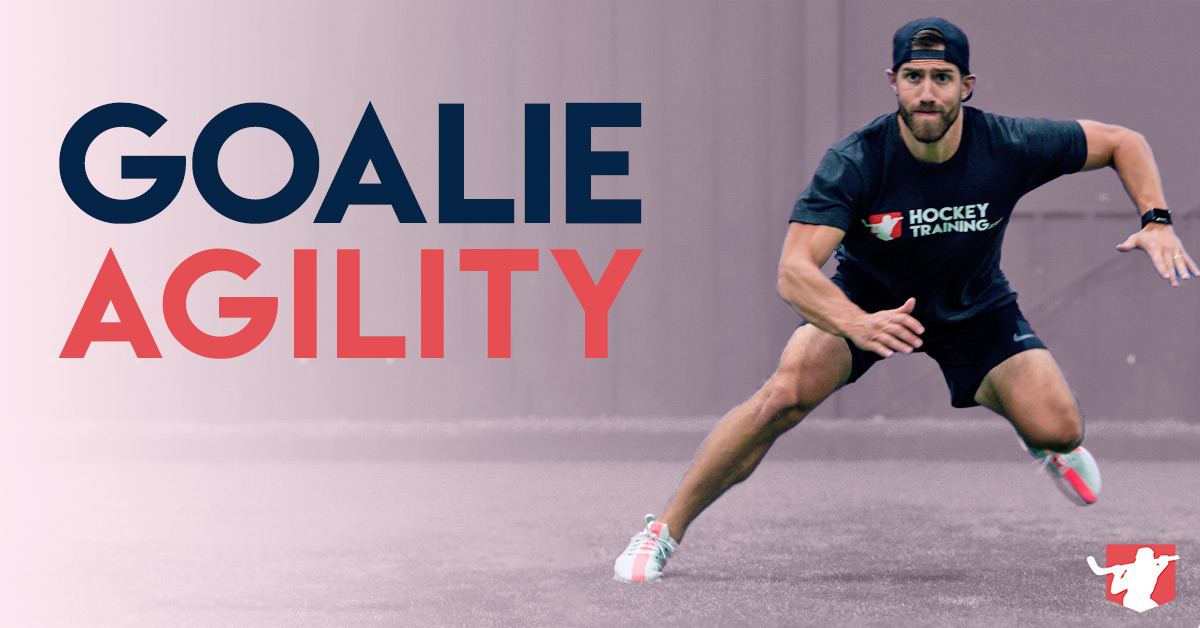In this article, you are going to learn how to increase your reaction time out on the ice, so you can level up your game.
Whether you want to become the fastest hockey skater out on the ice or be a goalie that absolutely nobody can score on, working on your reaction time is a must.
Real quickness in hockey represents both the physical and the mental aspects of the game.
You can’t just have “the engine”, you need the driver to be lightning-quick as well.
High-speed decision making and perfectly reacting to your opponents every move will put you one step ahead of everyone out on the ice who only trains their performance from a muscular perspective.
The mind tells the body what to do and not the other way around.
Because of this, we need to train both the mind and body to become the best hockey players we can possibly be.
I talked about reaction time training briefly in our coordination training article, but today I want to dive a little deeper and give you five new strategies you can use to improve your reaction time.
Let’s get into it…
- What Is Reaction Time
- Reaction Time Test
- Can I Actually Improve My Reaction Time
- How To Improve Reaction Time
- Favorite Reaction Time Drills
- Final Thoughts
What Is Reaction Time?
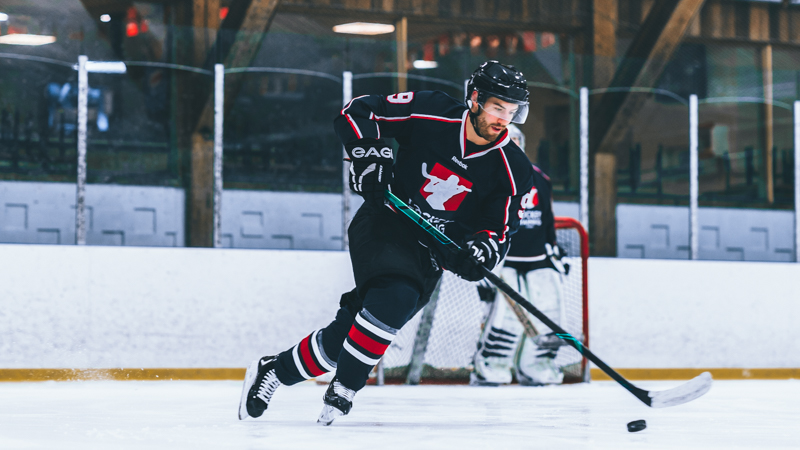
Reaction time represents the time it takes for you to respond to a stimulus and make the correct decision in response to that stimuli.
Some examples would include:
- a hockey player dodging a bodycheck
- a goalie stopping a puck
- a sprinter exploding in response to the sound of a gun
- a baseball shortstop making a diving catch of a ball coming at him at 100 MPH.
In the case of hockey athletes, it’s really easy to look like a good player when you don’t have to respond to five other opponents trying to knock your head off out on the ice.
But when you are thrown into a fast-paced game situation, can you keep up?
This is why you see some extremely talented stickhandlers or blazing fast skaters never make it far in hockey…
They may have great hands or explosive speed, but they aren’t able to read and react quickly on the ice.
In order to be a great hockey player, you need to be able to read and react quickly in the chaotic on-ice environment.
Reaction time training is a must for all hockey players who are serious about improving their game.
It’s not what you can do, it is only what you can do in a real game situation.
Reaction Time Test
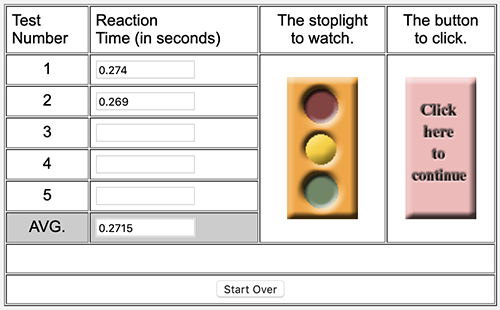
There is a pretty cool reaction time test you can do online on this website (on a computer only).
It isn’t perfect, but it should give you a pretty good idea of your visual reaction time.
In my opinion, getting at or less than 0.2 is considered elite, getting 0.3 is pretty average, and getting 0.4+ means you’re a turtle.
Can I Actually Improve My Reaction Time?
Yes, reaction time can be trained!
While your reflexes, as far as the sports science literature is concerned, is largely a genetic phenomenon, luckily for us, your reaction time can be improved.
We are going to get into the five strategies you can use to improve your reaction time for better hockey performance.
How To Improve Your Reaction Time
1: Mental Overspeed Training
I talked about overspeed training in a physical sense when I broke down different speed hacks hockey players can use in this video.
The mental side of overspeed training works in identical ways.
How it works is you force yourself to react to stimuli that is faster than what you would ever expect to see out on the ice.
For example, a baseball player would use a machine that could pitch 120mph pitches to him and his brain would learn how to react to that speed so once he is in a real game setting it seems much slower.
A NASCAR driver could use a simulation machine to travel at 200mph so that when he gets in his real car the 140mph speed doesn’t seem so hectic.
Hockey players can utilize the same overall ideology here, but, don’t think you need super fancy equipment in order to get it done.
Goalies could practice more with the player who has the hardest shot or quickest release on the team.
Players can play pick up games with higher level and faster players that what they are used to.
You are only limited to your imagination here, overspeed is a great way to train your brain to “slow the game down”.
2: Consume Stimulants
Although I don’t recommend this as a prime strategy for you to use to improve your reaction time (and only for athletes 18+ years old), it still must be included for the sake of completeness in this article.
Stimulants such as caffeine have a profound impact on reaction time.
There is plenty of research I could cite for you here regarding caffeine’s effects on reaction time, but, it’s just as easy to perform a personal test.
Try performing that above-linked reaction time test first thing in the morning after having not consumed any breakfast or coffee.
Then, the next day, try performing that reaction time test 20-30 minutes after drinking a large coffee first thing upon waking without any food.
Your reaction time will be on a completely different level and this is because caffeine creates a stimulatory effect on both your hormones and your neurotransmitters which energize you, keep you alert, improve your reaction time, and improve your overall decision-making speed.
For most people, a large coffee is more than enough to get their engine going.
If you’re not a coffee drinker (and have no predisposed health issues consuming it) and you suffer from turtle-like reflexes, it can definitely help you out.
3: Video Games
Yes, you read that correctly.
Assuming we aren’t talking about a very young youth hockey player, video games can be a strategy for improving reaction time.
Parents everywhere just cringed at the idea of Coach Garner saying video games are good for hockey performance…
But I don’t think it’s a bad thing for them to get into provided they already have their off-ice training, on-ice training, and overall nutrition strategy in check first.
If those are firing on all cylinders, video games, specifically first-person shooters, can increase reaction time speed.
For example, researchers at the University of Rochester put a group of young men who had played 50 hours of either first-person shooter Call of Duty or strategy game The Sims through a series of reaction tests.
What were the results?
Those who had been playing Call of Duty were 25% faster than the other test subjects.
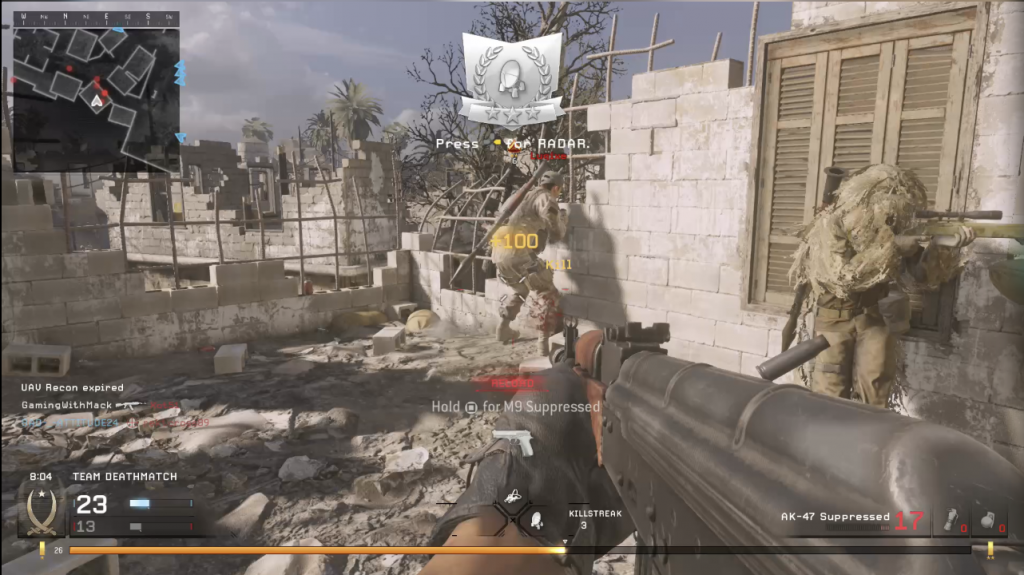
To quote the leader of the research team, Daphne Bavelier, directly :
“It’s not the case that the action game players are trigger-happy and less accurate: they are just as accurate and also faster”
So, if you ever needed an excuse to kick back and play some video games, playing an interactive first-person shooter is likely a good idea.
The stress-free nature of it can also help improve recovery, but again, only if you have all of your other boxes for hockey performance checked off.
If you don’t, playing video games can be a major distraction from what’s really important.
4: A Proper Warm-Up
Warming up properly doesn’t just increase your core temperature, improve your range of motion, and help prime the physical body for optimal performance – it can also give you a mental competitive edge as well.
However, “winging it” by doing some jogging and a few random stretches won’t cut it.
Research published in The Sport Journal revealed a warm-up consisting of dynamic – rather than static – stretches achieved a 0.08 secs reduction in reaction time.
That’s just one reason among the host of reasons why I have hockey athletes perform dynamic warm-ups prior to game time.
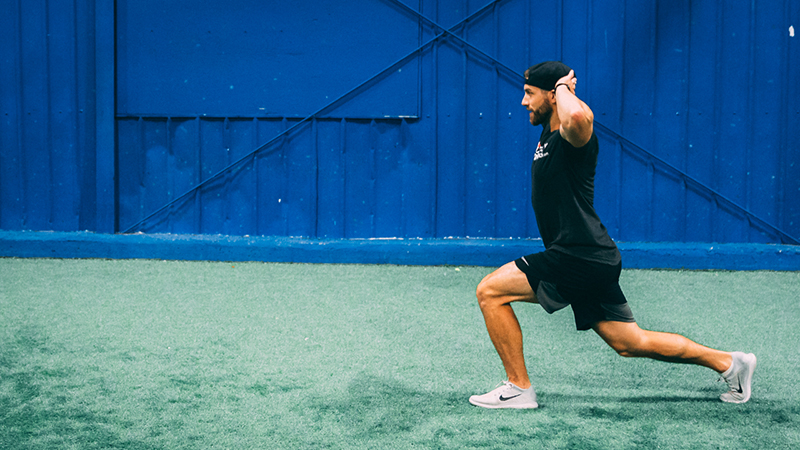
You can learn more about proper stretching and mobility here.
And click here for an example dynamic warm-up you can use to help improve your reaction time out on the ice.
5: Visual And Auditory Response Drills
Some hockey athletes ask me how to improve their reflexes, but reflexes are different than reaction time.
Reaction time is what you really want.
Human evolution equipped us with reflexes for survival purposes.
Reflexes are usually involved in a negative feedback loop and act to help return the body to its normal functional stability.
Think about if somebody pushed you from behind and how your foot would leap forward as fast as possible to maintain a standing position even though you put no thought into it whatsoever.
That’s a reflex.
And since they need to happen faster than an actual reaction, the signals go directly through the spinal cord and do not involve our brain.
Another example could be pulled from you touching a stove burner that you didn’t know was hot. Your hand will fly off that burner at lightning speed before you even had the time to process what had happened.
These are reflexes that have evolved for survival purposes that don’t include the strategy portion of our brain (which is CRITICAL out on the ice!).
Our reactions, on the other hand, need to be processed through the brain first.
While this is more time consuming, it makes more fine athletic movements possible and is something much more relevant to improving your hockey performance.
To help improve your reaction time, I like to use a variety of both auditory and visual stimuli that is unpredictable so that you are forced to make a real-time decision as fast as possible in a high-speed scenario.
My Favorite Hockey Reaction Time Drills
Reactive Ball Drop
Reaction Ball Wall Catches
Mirror Lateral Shuffle Drill
Mirror Forward Sprinting Drill
Get Up Sprint With Partner Chase
Lateral Shuffle With Reactive Catches
Partner Call Out T-Test Runs
The Solution
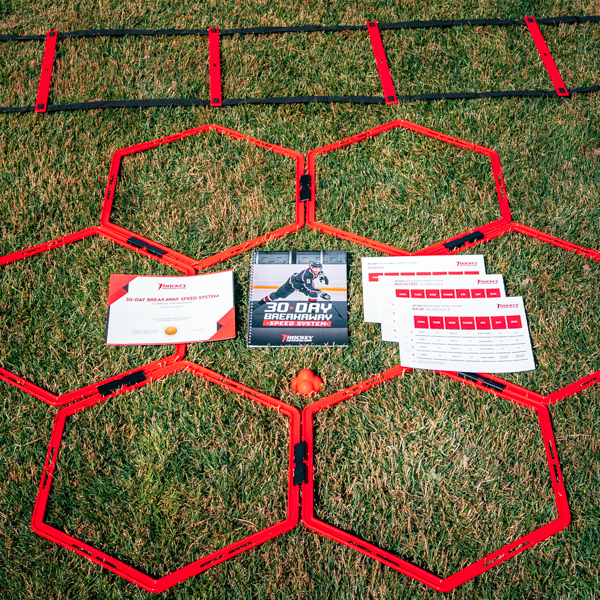
Pictured above is our brand new Hockey Speed Kit that we just launched to help hockey players of all ages who want to improve their explosive skating speed!
The kit includes the 3 hockey speed tools that I consider “must haves” if you are serious about doing the best possible dryland work to improve your hockey performance.
Additionally, it comes with our brand new 30-Day Breakaway Speed System so you can put to use all the knowledge you learned above into a “done for you” advanced dryland hockey training program…
The all-new 30-Day Breakaway Speed System was designed to take all of the guesswork out of it for you so you can train with the most cutting edge methods to get serious results.
This is an intense 30-day progressive SAQ training approach that includes weekly speed, agility, and conditioning workouts to become an elite skater (and some of the best reaction time drills that have ever been created!)…
You will get access to the comprehensive 30-day schedule that shows you exactly what to do on each day…
And you will be performing each of your high-level workouts with your new Edge Work Enhancer Ladder, Explosive Speed Rings, and Hockey Reaction Ball…
So you can train just like the top NHL players (no matter your age)!
Remember, if your hockey speed isn’t at where you want it to be, it’s not your fault…
Real speed progress comes from real hockey-specific training and this type of programming only comes from a hockey performance specialist…
That’s why each and every workout has been formulated with Youth, Intermediate, or Advanced training options…
So that no matter where you are currently at in your hockey training journey you will be able to see dramatic results after only 30-Days of using the Breakaway Speed System and the advanced training tools found in your Hockey Speed Kit.
The best part?
This new 30-Day Breakaway Speed System can be used as a standalone program or be added to the existing program you’re currently running so that you can get better results no matter what your current training schedule looks like…
Your days of guessing and hoping you will be a better hockey player are over…
Get started with the 30-Day Breakaway Speed System today so you can leave fans, coaches, and scouts jaws on the floor with how much progress you have made in a single month of training. Click here to get the Hockey Speed Kit today!
Final Thoughts on Reaction Time Training
Reaction time (and not reflexes) is a very hard skill to train, but it is still trainable if you take the above five points home with you and start incorporating them in some way into your weekly routine.
If you liked this article and would like to see more content just like this as well as complete “done-for-you” programs to take your hockey performance to the next level then check out the Hockey Skills Accelerator today.
Our new In-Season Hockey Training programs contain reaction time training sessions that will help you react quicker out on the ice. You will get access to them in the Skills Accelerator member’s area.






